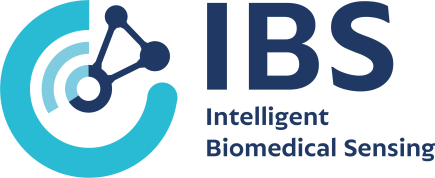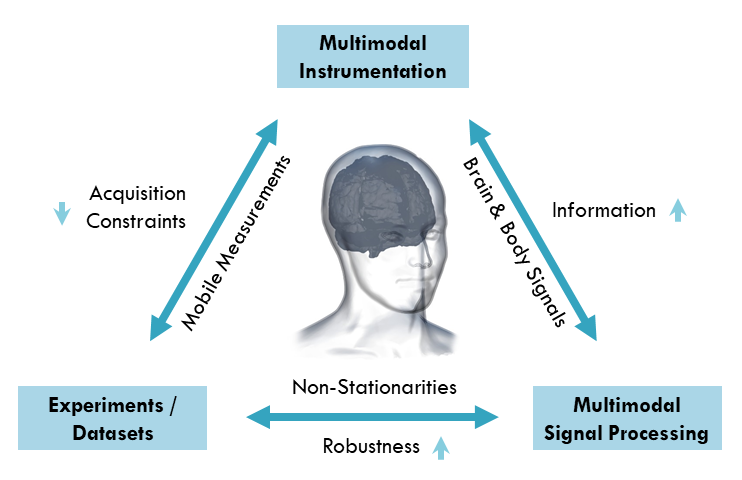Welcome to the personal website of Dr. Alexander von Lühmann.
Please visit the website of my independent research group, the “Intelligent Biomedical Sensing (IBS) Lab” at BIFOLD, TU Berlin, if you would like to stay up to date with my academic work.

For centuries, our understanding of the human brain has been expanded through inference from the combination of observed behavior in the living and anatomical studies in the dead. In 1879, Carl Reclam, a professor of medicine at the University of Leipzig, Germany, compared the morphology of a German farmworker’s brain with that of the mathematician Gauss, and concluded:
“How does the brain obtain an increase in convolutions? […] Why does it become bigger? […] The same mechanism that supports the growth of muscles […] also increases the mass and surface of the brain: Work.”
Reclam, Der Leib des Menschen, p73, 1879

Today, with the help of great inventions in biomedical electrical engineering, data science, signal processing and machine learning, we are no longer constrained to investigating the dead. We can use much more powerful tools to investigate, observe, and ultimately to support and heal the human brain and body. In research labs, hospitals, but also more and more in the natural world and every day life. If Gauss was still alive today, we could now start to investigate his brain at work, while he is taking a walk in the park.
My work and expertise focuses on all three main domains that are relevant to the current frontier of enhancing our understanding of the human brain:
- Multimodal, wearable instrumentation
- Experiments, datasets and mobile monitoring
- Signal processing and Machine Learning

Most of my work in various domains is connected, in one way or another, to one ultimate goal:
To enable reliable non-invasive assessment of large-scale brain signals outside the lab by making use of multimodal measurements.
This can only be achieved by (1) lowering the acquisition constraints for mobile imaging of the human body and brain and thus increase usability, and at the same time (2) increasing the amount of information that is provided by hybrid acquisition equipment. Then, we can (3) exploit the complementary and shared information in the measured signals toward the development of methods that aid the robustness in the analysis and classification of bio signals acquired in the everyday world.
